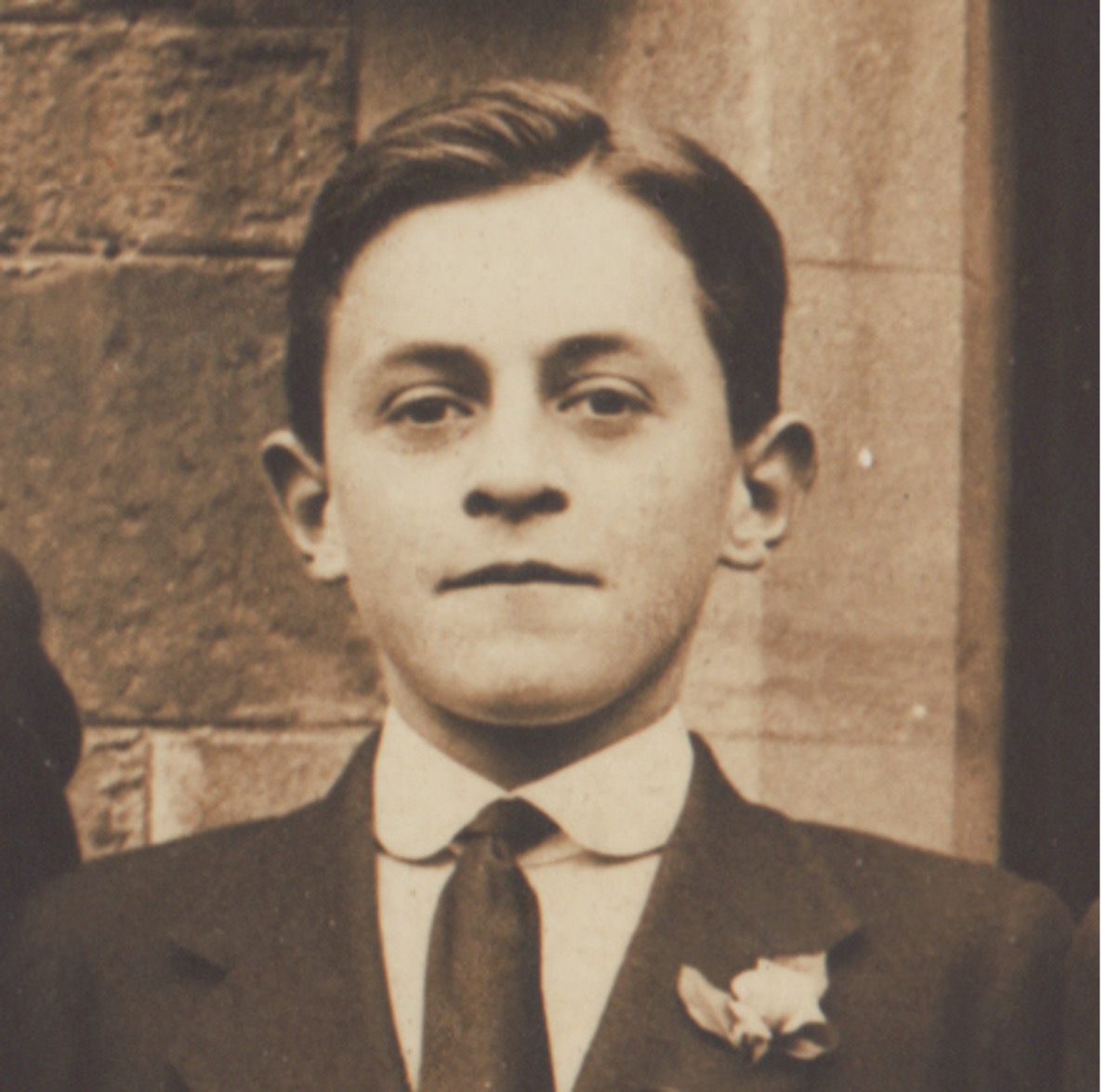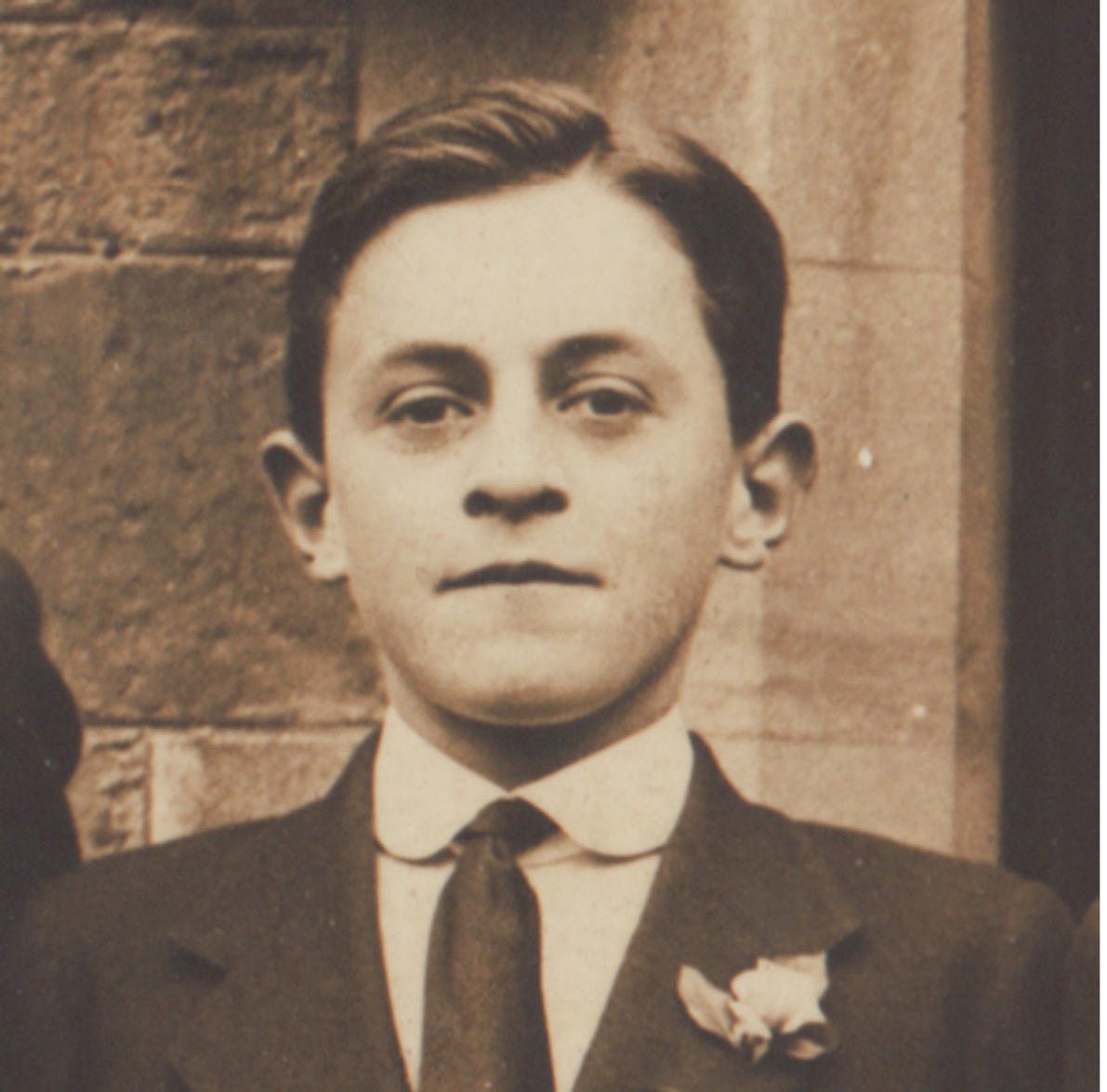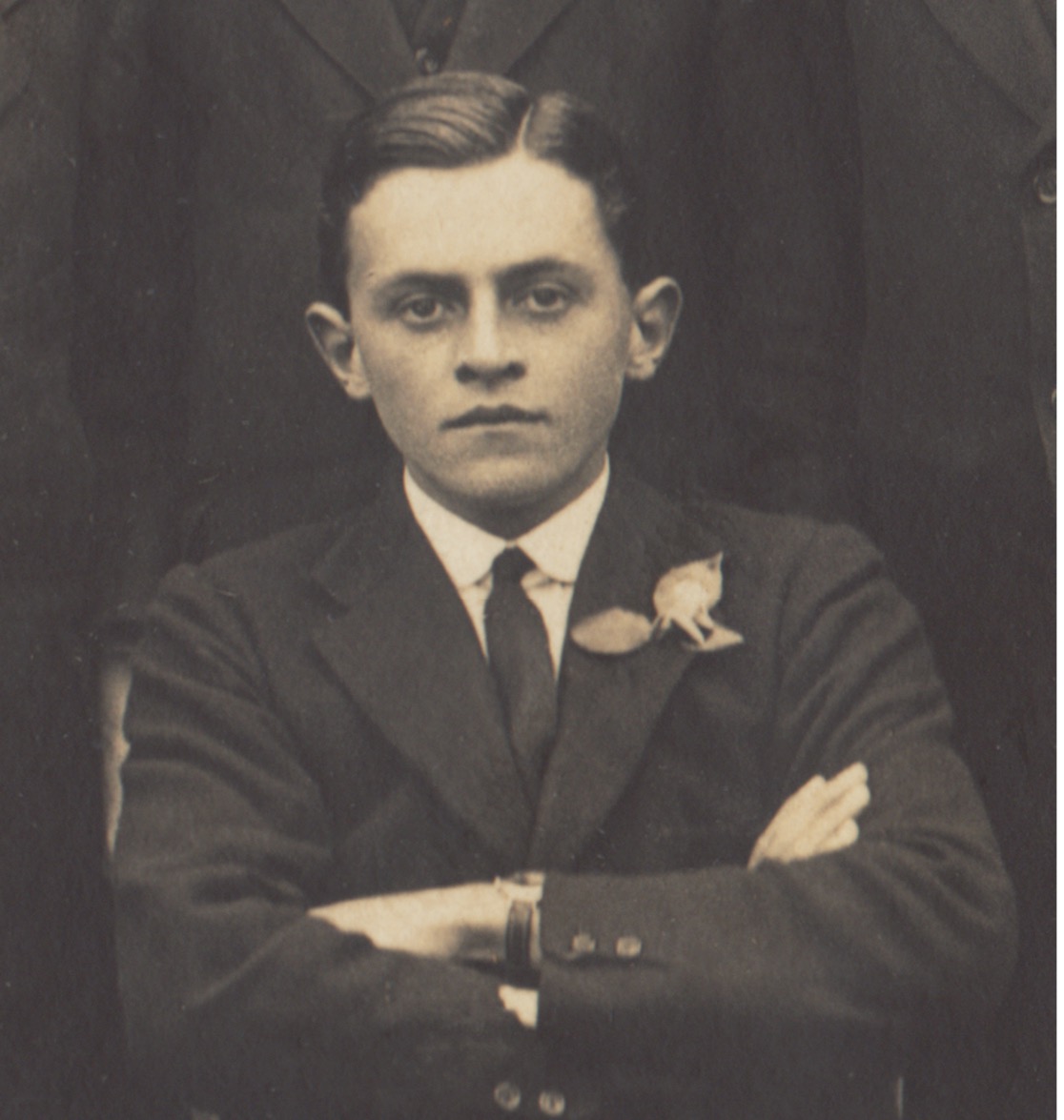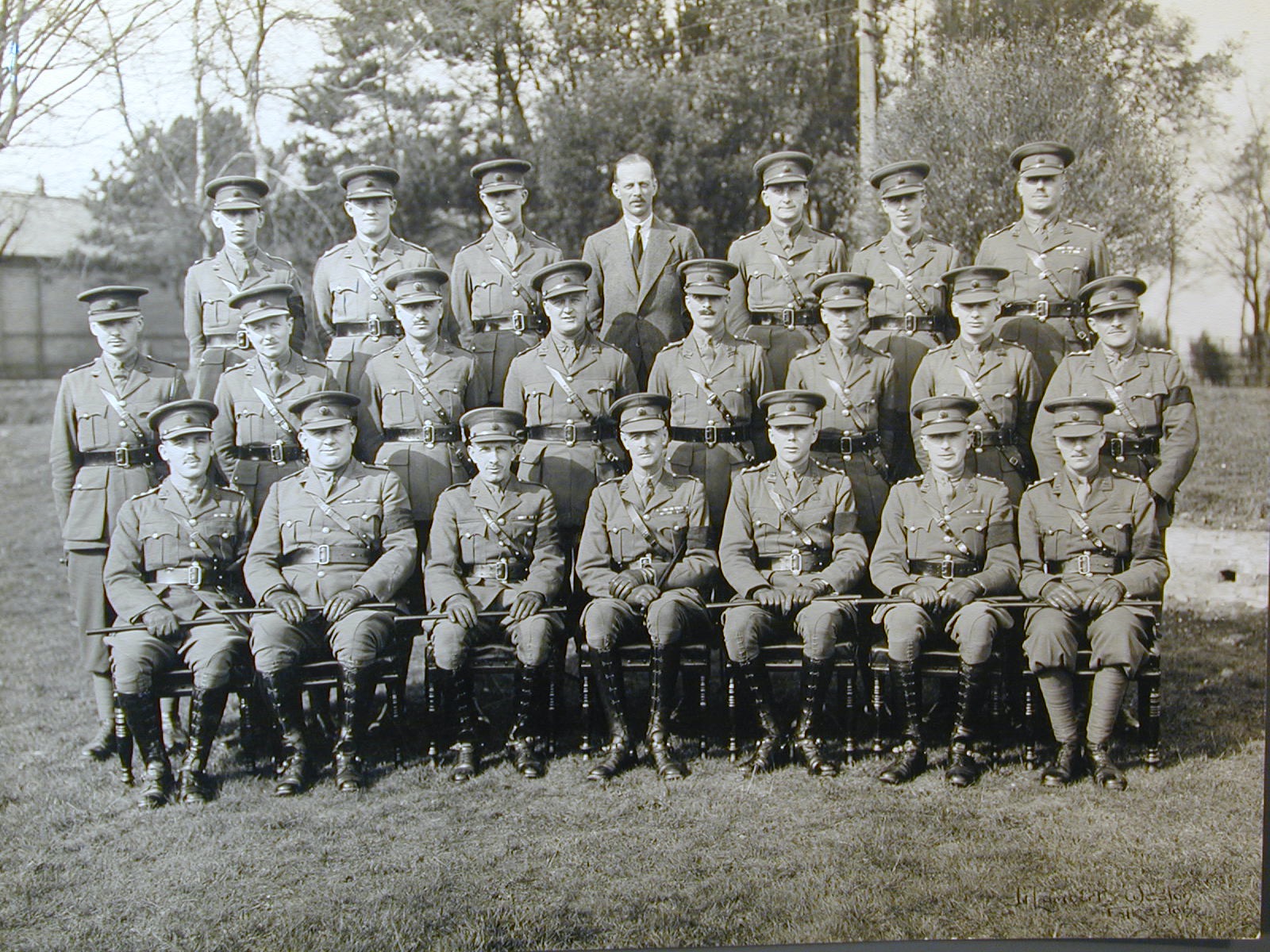Edward Deane Napier Harvey

| Rank: | Major |
| Regiment: | Royal Berkshire Regiment (Princess Charlotte), attached to 1st Battalion East Surrey Regiment |
| Country: | Italy |
| Service Number: | 36671 |
| Cemetary/Memorial: | Cassino War Cemetary (II. G. 8.) |
| Awards: | War Medal 1939-1945 1939-1945 Star Italy Star Twice Mentioned in Despatches |
Born on 26th April 1903 in Somerset, Major Harvey died on 2nd March 1944, aged 40 in Italy.
He was the only son of Edward (winemerchant) and Beatrice Long Harvey of Congresbury, Somerset and was an older brother to Anita Constance.
He married Phyllis Robinson in June 1933 and had four children, Frances (1938), Frank (1939), Bernard (1940) and Peter (1943).
Edward was a pupil at St Ronan’s from 1914 to 1917. He returned to visit the school in 1922 and 1923, and attended the Old Ronians’ Dinner in 1925. In 1935 The Ronian reported that he was in Khartoum with his regiment.
He followed in his father’s footsteps and went to Uppingham in September 1917, leaving in July 1922. He boarded in Fircroft and was a Prefect. He went on to study at Pembroke College, Cambridge.


Uppingham 1921 and 1922
In 1925, Second Lieutenant Harvey was appointed for duty with Infantry Unit, Cambridge University Contingent, Senior Division. He was promoted to Lieutenant with the Royal Berkshire Regiment in 1926 and went through the ranks before being made Major in 1936.

1st Battalion Royal Berkshire Regiment, Folkestone, 1935
Major Harvey is located at the right of the middle row.
The 1st Battalion was based in England at the outbreak of the Second World War as part of the 10th Infantry Brigade, 4th Infantry Division. It was sent to France with the British Expeditionary Force in 1940. After returning to the United Kingdom after the Battle of Dunkirk and evacuation from Dunkirk the 1st Battalion was reformed and spent the next two years on home defence.
In June 1942 the battalion was assigned to 11th Infantry Brigade, part of the newly raised 78th Infantry Division, with which it remained for the rest of the war. It took part in ‘Operation Torch’ in November 1942, landing in North Africa at Algiers with the British First Army. Following this, the battalion fought with the division in Tunisia until the end of the Tunisia Campaign in May 1943. During this time it took part in notable actions such as Ochsenkopf offensive, Longstop Hill and Tebourba.
After North Africa, the battalion then fought in Sicily during the invasion before moving to Italy for the Italian Campaign where it had notable involvement in the Battle of Termoli and the fighting on the Barbara Line and River Sangro during the autumn of 1943. In February 1944 78th Division was switched to the Cassino sector. The battalion initially held positions on the River Rapido south of Cassino but by March had been moved into bleak and exposed positions in the mountains north of the town.
The battle for Cassino was probably the most bitter struggle of the entire Italian campaign. The dominating peak of Montecassino crowned by its magnificent but doomed medieval monastery was the key to the entire Gustav Line, a formidable system of defences that stretched right across the Italian peninsula. This position completely dominated the Liri valley and Route 6, the strategically vital road to Rome. Between January and May 1944 the Allies struggled amid inhospitable terrain and dreadful weather to dislodge the German paratroops that tenaciously defended the vital mountaintop. It is believed that Major Harvey was killed during this action.
He was twice Mentioned in Despatches.
